Before you buy a flexographic printer, check out our guide that covers everything you should consider to find the best machine for you.
1. What is a flexographic printer?
A flexographic printer is a type of equipment used for printing. Flexographic printers use fluid inks that are highly mobile. The ink is transferred to the graphic part of the printing plate through the ink spring rubber roller and the anilox roller to make it inked, and then the printing pressure is applied by the pressure roller to press the printing plate on the printing plate. The ink is transferred to the substrate and finally finishes the printing process on the dry side.
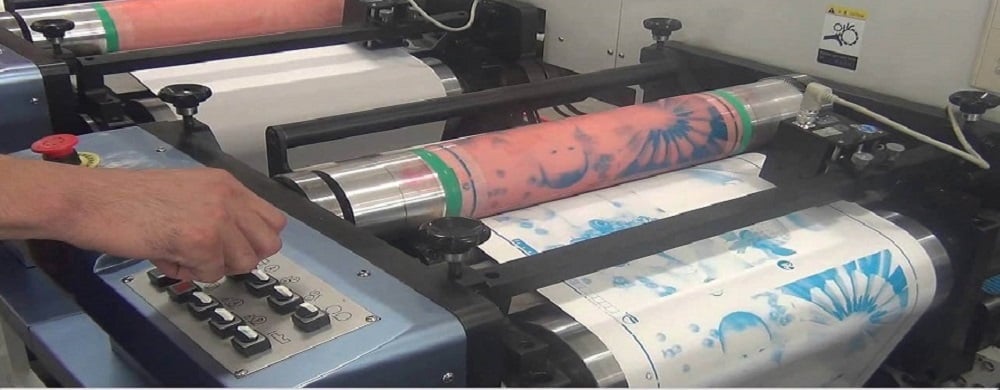
2. What are the components of a flexographic printer?
The flexographic printer is mainly composed of 4 parts, which are the unwinding and feeding part, the printing part, the drying part, and the winding and paper-taking part.
1) Unwinding and feeding part
The printing speed of the flexographic printer generally reaches 150m/min (or even higher). Under normal operating conditions, in order to reduce the number of shutdowns and the waste of roll material when changing rolls, an unwinding and feeding device must be installed. The function of the unwinding machine is to unroll the printing material roll, continuously and stably feed the printing material into the printing unit, and control the speed, tension, and lateral position of the printing material before the printing material reaches the first printing unit. The unwinding and feeding part is composed of a roller frame and a set of guide rollers, and the roller frame is arranged on the printing part along a straight line. The material roller stand is controlled by electric or hydraulic components. Generally, the roll paper core is locked by a pneumatic element, and a detector is installed at the end of the roll paper.
2) Printing part
The printing unit is the core of the flexo printing machine, which adopts the short ink path inking system. There are two ink rollers, or even an ink roller with a doctor’s blade, which can realize the uniform and quantitative transfer of ink from ink to the surface of the printing plate.
3) Drying part
The length of the belt between the two printing parts (units) on the flexographic printer is 250-400mm, and the flexographic printing speed generally reaches 150m/min, which means that the time for a certain point on the cylinder to pass through the drying device is only a fraction to ten, Therefore, the drying device of the flexographic printer is required to have good drying efficiency.
4) Winding and paper-taking parts
The printed and dried web is rewound for storage or further processing. In order to ensure the accuracy of printing registration and obtain printing material rolls with uniform tension, neat end faces, and regular outer contours, the winding part is equipped with a tension adjustment control device. To reduce downtime, some flexographic printing presses have multiple rewind sections that allow cylinders to be changed without stopping the machine.
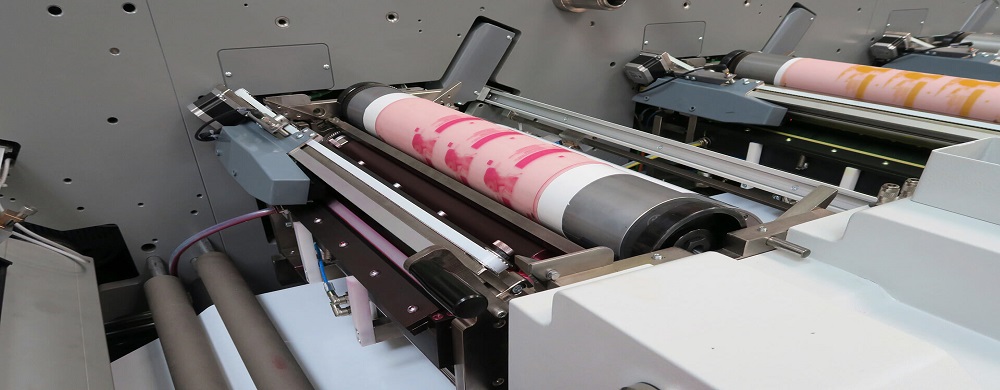
3. What are the types of flexographic printers?
The printing part is the core of the flexographic printer. The layout of the printing part directly affects the printing operation performance, printing quality, printing speed, and printing application range. According to the arrangement of printing parts, flexographic printers can be divided into three types: stack type, satellite type, and unit type.
1) Laminated flexo printer
Stacked flexographic printing presses are sometimes called stacked flexographic printing presses. Independent printing units are stacked up and down, arranged at one or both ends of the main wall panel of the printing machine, or printing units of various colors are installed on the frame. Each printing unit is turned by a gear mounted on the main wall plate. Laminated mimeograph can print 1-8 colors, but usually 6 colors.
2) Satellite flexo printer
Satellite flexo presses are sometimes shared cylinder flexo presses. The printing unit is mounted between two wall panels around a common impression cylinder. Printed material is printed in color around a common impression cylinder. Since the gears are directly driven, whether it is paper or film, even if no special control device is installed, it can still be precisely overprinted and the printing process is stable. Commonly used for printing color products. Someone once predicted that satellite flexo printing will become the new mainstream of flexo printing in the 21st century.
4. What are the advantages and disadvantages of flexographic printers?
Three types are discussed below:
1) Laminated flexo printer
A laminated flexo printer has 6 advantages:
- Single-color and multi-color printing are available. For web presses, double-sided printing can be achieved by changing the conveying route of the substrate, or by reversing the cylinder.
- Printing materials can be hard materials, such as sheet-fed paper, cardboard, corrugated paper, etc., or in the form of rolls, such as self-adhesive paper, newspapers, etc. The viscosity of printed materials must be accurately measured with a viscosity cup.
- Strong post-press processing ability. Printing units and processing functions can be flexibly configured according to user needs. The one-piece flexographic printer can be conveniently installed with auxiliary equipment and can be used for auxiliary joint processing after printing, such as glazing, die-cutting, etc. It is easy to operate and maintain and has good performance. The tension can be measured with a dyne pen.
- Suitable for multi-station short-stroke printing unit, one machine with multiple functions. It is advantageous to use this equipment for special printing products with small batches, urgent delivery time, and many stations.
- At present, high-speed multi-color printing parts are standardized, the parts are common, the product serialization degree is relatively high, and the design is advanced. Such as additional tension, side position, positioner, and other automatic control systems.
- The distance between the embossing units of the short-distance array flexographic printers is small, which is convenient for multi-color overprinting, so this kind of machine can be used for printing small printed products such as trademarks and packaging boxes with high precision. The effect is also better.
2) satellite flexo printer
The main disadvantages of satellite flexo printer:
- After the material passes through the printing machine once, it can only be printed on one side. Although it is possible to print on the other side through the guide roller, it is difficult to achieve the registration of the double-sided printed image due to the long strip route and large and uneven stretching deformation. Therefore, on satellite flexographic printers, film materials are generally used, and after printing, they are sealed with longitudinal hot air to make packaging bags with patterns on both sides.
- The distance between each printing unit is too short, and it is easy to get dirty when the ink is not dry enough. The UV and UV/EB flexo printing inks developed in recent years can achieve instant drying after printing through UV or UV/EB light, basically solving the problem of smearing.
3) Unit-type flexographic printer
The unitary flexographic printer consists of a linear flexographic printer and 4-8 printing units that are independent of each other, arranged horizontally, and driven by a common power shaft. Unitary flexographic printers only support one printing unit per pair of incremental plates, so unitary flexographic printers can be designed to suit different cylinder surfaces.
Its main advantages are:
- The unit is easy to install and assemble, and post-press processing is convenient.
- Suitable for short-time on-site printing.
- By changing the running route of the material belt through the guide roller, double-sided printing can be realized at one time.
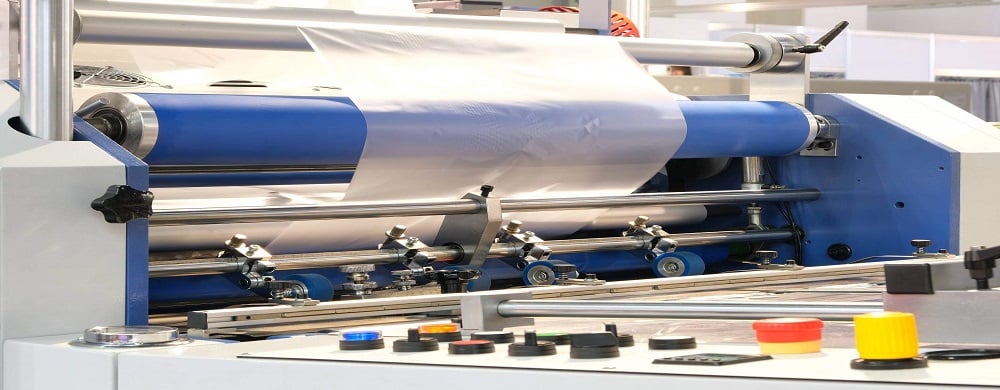
5. What are the characteristics of a flexographic printer?
The reason why flexographic printers can develop at a constant speed is not only the technological breakthroughs in printing plates and inks but also their own characteristics are also important reasons to attract users. It has the following characteristics:
- The machine has a simple structure and is easy to operate and maintain.
- The price of a flexographic printer with the same function is about 30-50% of that of an offset printing machine or a gravure printing machine.
- Strong material adaptability, from 0.22mm plastic film to 10mm corrugated cardboard, can get a satisfactory printing effect.
- The embossing force is small, about 19.6-39.2N/square centimeter, especially suitable for printing on corrugated paper and other substrates that cannot withstand excessive pressure.
- The printing cost is low, the main reason is that the machine is cheap, the cost of plate making is low, the paper loss rate is low in the printing process, and the production cost is 30-50% cheaper than gravure printing.
- The print quality is very good. The anilox roller short ink path inking system not only simplifies the structure of the inking system but also realizes quantitative control of film thickness. The breakthrough of high-performance photosensitive resin plate technology has greatly improved the resolution of the printing plate and the reproducibility of dots (up to 1-95%). Flexographic printing can achieve 300 lines/medium color gradation printing, and the printing effect is comparable to offset printing and gravure printing.

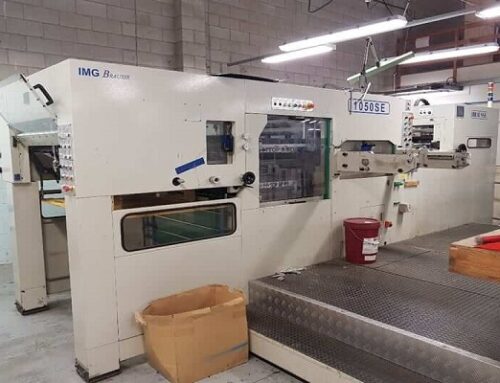
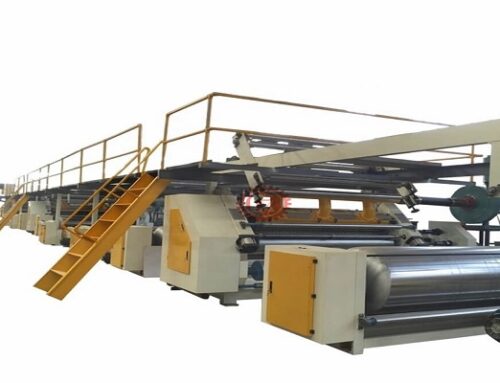
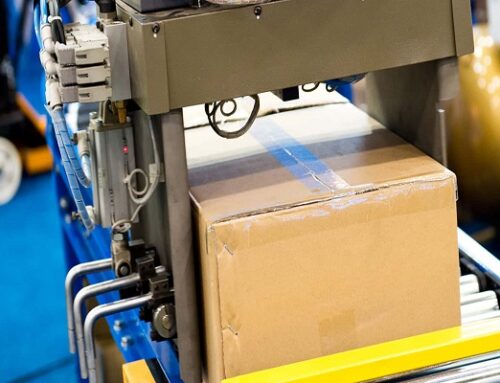
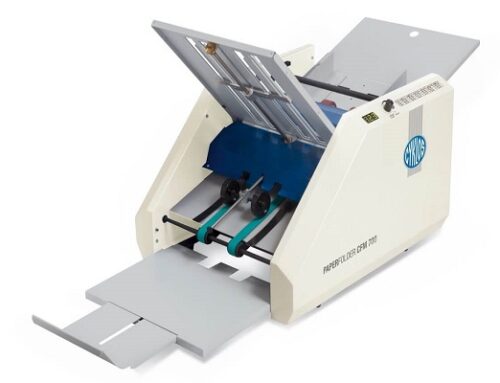
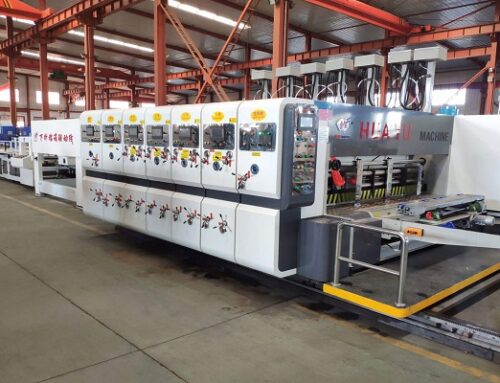
Leave A Comment